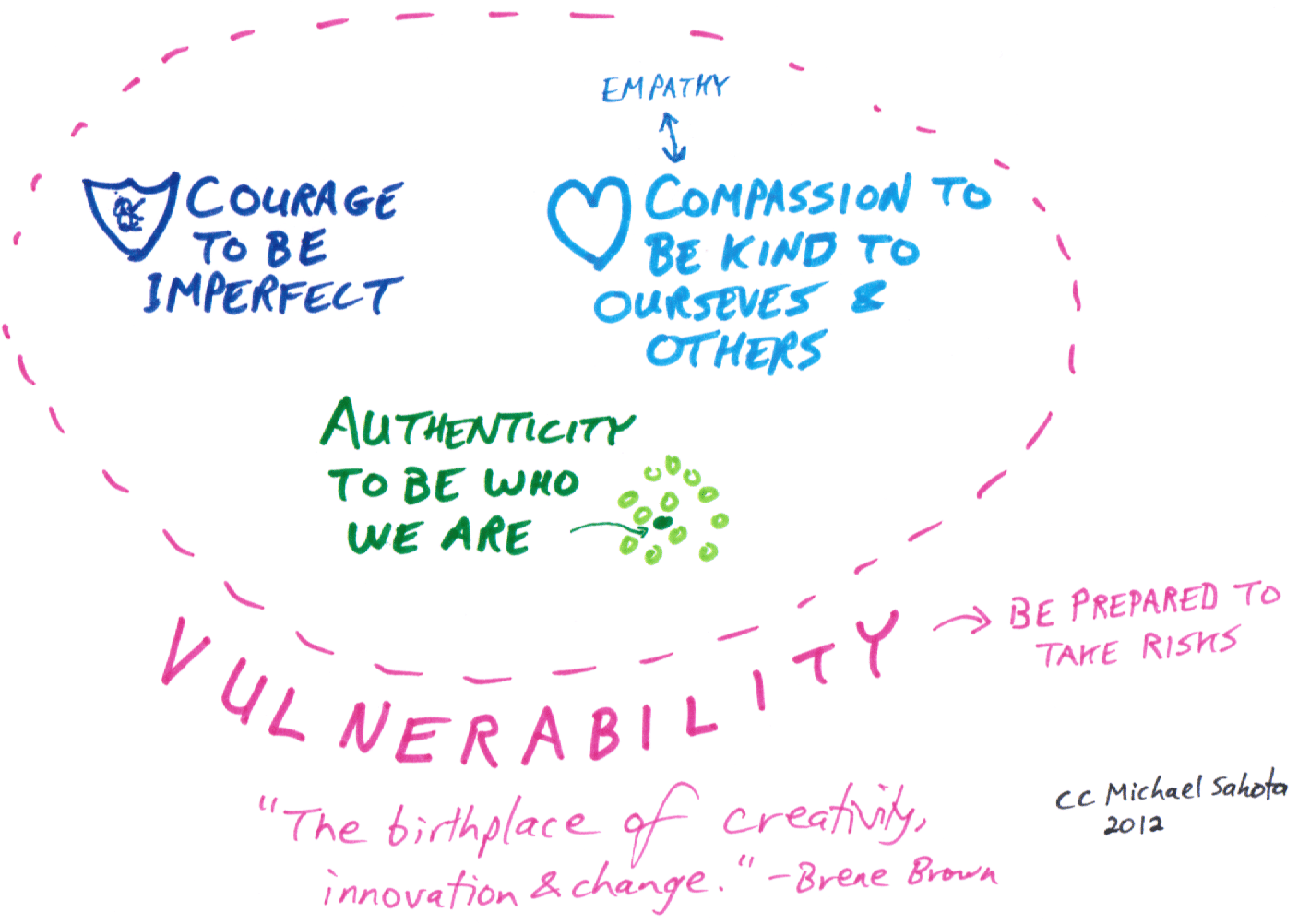Attachment theory describes the effect of children having solid attachment to the adults in their lives. When that attachment is not strong, that child is left floating in a world where it is difficult to be grounded – attached, if you will.
A child living in an uncertain world is going to have difficulty responding to the lessons they receive in school. The sense of security that comes from strong attachments creates a psychological base from which the child can grow intellectually.
It is vital for instructors to understand the level of attachment that exists between a student and the adults in their home life, whether it be parents or caregivers.
What is Attachment Theory?
In its most basic form, attachment theory states that the stronger the attachment to caregivers and other adults in a child’s life, the easier it will be for them to develop away from those caregivers. Figuratively speaking, the strength of the attachment determines how far a child can be in distance from their caregiver to feel provided and cared for.
There are stages and styles (levels) of attachment. The stages stretch from birth, while the styles stretch from secure to avoidant. The stages are often explained by the amount of exposure children had to caregivers (constant versus inconsistent) as well as the level of abuse suffered (either through negligence or actual physical harm).
What Teachers Need to Know about Attachment Theory
As it applies to the classroom, degrees of insufficient attachment show up in poor relationships with both instructors and classmates, curiosity toward school subjects, and poor social skills within the classroom.
Every whitepaper or instructional guide on teachers and attachment theory warns educators that they are not equipped or required to investigate why a child displays behaviour that might be related to attachment issues.
Teachers cannot “fix’’ these children. They can, however, understand that a problem with attachment exists, and must then respond accordingly.
Teachers are also warned not to become surrogate parents for a child that exhibits attachment disorders. Instead, they should provide an environment that fosters a desire to attach. The key ingredients to create such a classroom are consistency and attention to behavioural outbursts.
Attachment Theory in the Classroom
Attachment disorders most often occur when the support from parents or caregivers in infancy is not consistent. As with many other non-physical disabilities that exist among children, consistency in instruction plays a key role with RAD students.
Therefore, instructors are encouraged to:
● Have a structured classroom, and apply rules consistently.
● Treat all students the same. Praise all those who do well, and punish all those who misbehave.
● Offer opportunities to build relationships, but do not force students to create bonds with others.
● Respond to inconsistent behaviours. Let the student know you are aware of them.
● Maintain a professional relationship with students.
As it applies to students with exhibited attachment issues, teachers should alert school officials of concerns related to in-class behaviour. At the same time, teachers should reward those students when their behaviour is positive, in order to create a element of satisfaction for students when they attend school.







